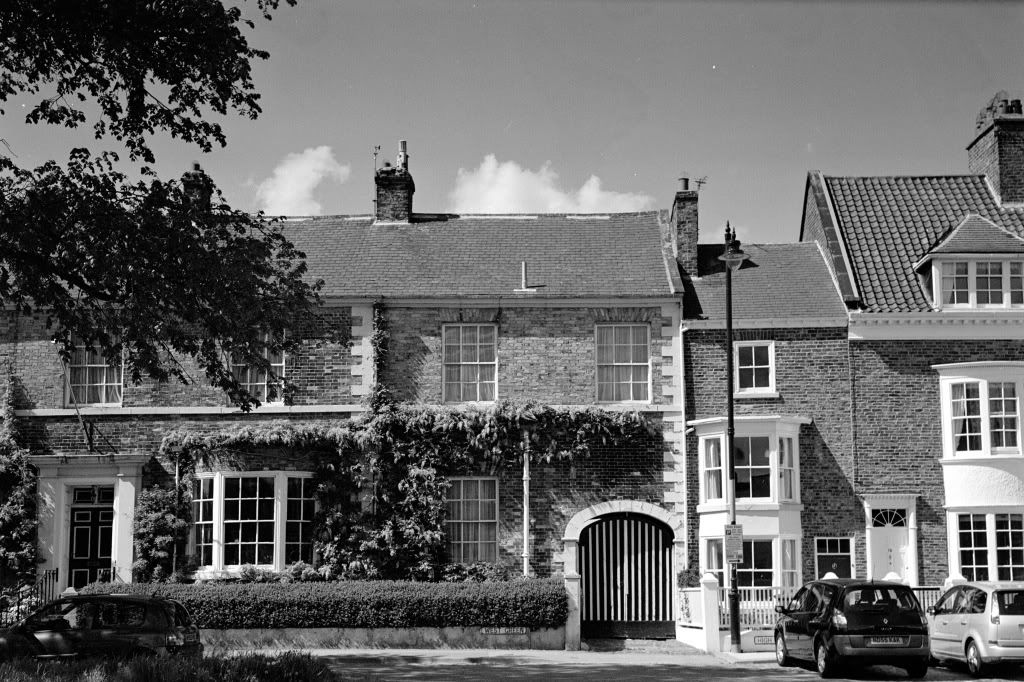Thank you both; that's very interesting.
So we have several threads coming together during the fifties with new production lines being set up and, perhaps, old ones being abandoned(?). This may well have caused standards to wobble or simply not be understood at first. And the other factor is that the old factory could have been full of skilled craftsmen who made things to a high standard and the new used modern mass production methods. Done properly both work but there's more room for error in the latter and output is measured by bean counters not engineering inspectors. Add pressure to achieve targets and the result will be a mess, especially if the targets are set by the politicians.
If tolerances were slackened and parts then matched by being measured and then used in sets things would be OK until someone cannibalised something for parts. Perhaps many years later.
Another thing I'd love to have the time and money to check is a story I heard about workers from the Ukraine being used during the war in Germany (POW's or slave labour). If they returned home in the late 40's they'd bring with them German engineering standards. These standards might survive for a while and then get abandoned under political pressure, or be abandoned when the factory stopped producing the old fashioned way.
So nothing new there. (Compare the way a Lee-Enfield rifle was made to today's, of instance... )
BTW, my 1950 IIIc has problems with it's chrome, worse than the FED, fwiw.
Regards, David



